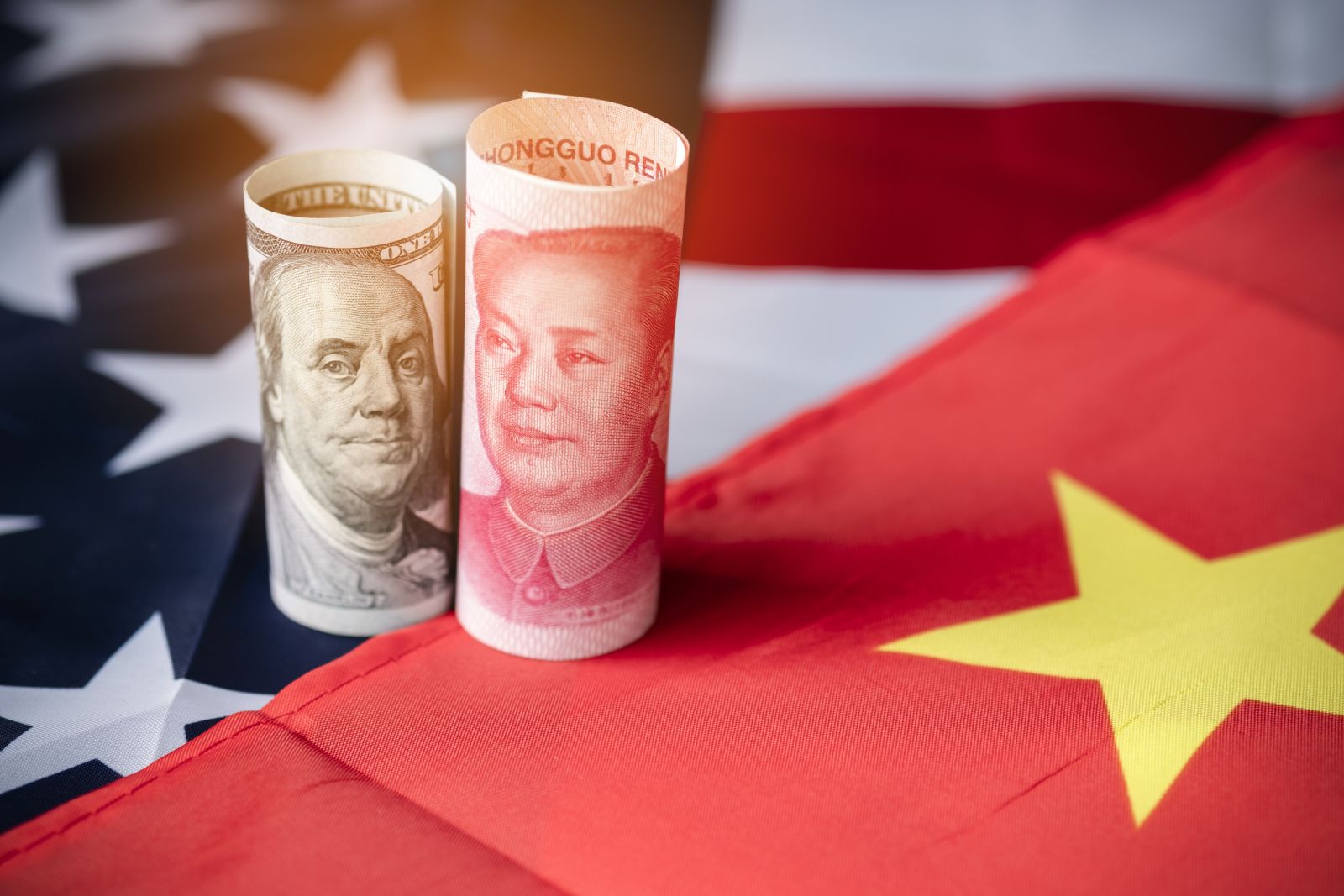X Financial Enters the Top 20 Stocks to Buy. Should You Jump on the Bandwagon?

It wasn’t the most significant move in Barchart’s Top 100 Stocks to Buy on Monday, but it was enough to get X Financial (XYF) into the top 20.
In yesterday’s trading, the Chinese fintech moved up four spots to the 20th spot, indicating that interest in the small-cap stock is heating up.
X Financial’s Xiaoying Card Loan provides small lines of credit at attractive interest rates to Chinese individuals.
The key to its business model is data-driven credit analysis through WinSAFE, its proprietary risk control system.
“Leveraging data analysis and machine learning in analyzing a borrower’s value, repayment capability and propensity, the Company has the capabilities to offer differentiated credit limits to borrowers based on individual credit assessment result,” states X Financial’s investor relations website.
“X Financial’s rigorous data-driven credit assessment methodology has helped it to achieve a strategic balance between borrower expansion and asset quality control.”
The words above are corporate speak for doing its due diligence. Whether that’s true or full of hot air has yet to be determined.
Up nearly twofold over the past 12 months, XYF stock has been a home run for investors who bought it below $2 in October 2022.
Moving up four spots into the top 20, it has a shot at gaining momentum as more investors join the company.
If you haven’t bought XYF stock yet, the question is whether now is the time.
Here’s why you might consider a small bet.
Is It Another Upstart?
It’s been a while since I’ve discussed Upstart Holdings (UPST), the California-based AI lending platform. It had a big run during Covid, hitting nearly $400 in October 2021.
In February, I said its unusual options activity and volume—it had 21 options with Vol/OI ratios of 1.24 or greater expiring in a week or more on Feb. 12 and an options volume of 325,649, nearly six times its 30-day volume—suggested that the perennial money-loser could be back and ready to make a big move higher.
That did not happen. Its shares hit a 52-week high of $96.43 and lost 59% of their value over the next two months.
It reported healthy growth in its Q4 2024 results on Feb. 11, with revenue up 56% year-over-year and $2.1 billion in loans originated, 68% higher YOY.
As a result, its operating loss fell from $47.5 million in Q4 2023 to $4.8 million. Further, its non-GAAP adjusted profit was $29.9 million, a big turnaround from a $9.7 million loss a year earlier.
On a non-GAAP basis, Upstart finished 2024 with an adjusted net loss of $17.8 million on $637 million.
The losses are shrinking, and it expects to hit GAAP breakeven in 2025.
Unfortunately, the economic situation is less than ideal for Upstart to keep growing its business. It reports Q1 2025 results on May 6. Investors will know more about the ramifications for its business at that time.
So, there are similarities between the two businesses but also differences to consider.
The Similarities and Differences Between X Financial and Upstart
The most significant difference between the two is profitability.
Upstart has ongoing operating losses, while X Financial’s 2024 operating profit was 1.87 billion Chinese yuan ($254.5 millon) from revenue of 5.87 billion Chinese yuan ($793.2 million).
As for revenue growth, X Financial’s was almost identical to Upstart’s, with the latter’s increasing 24%, 200 basis points higher than the former’s.
But you have to make money.
X Financial does, although it’s fair to say that investors have seen examples where the financials of Chinese stocks aren’t as they seem. That’s always a risk when investing in China.
That said, I don’t believe this is the case here.
X Financial has two business models generating revenue.
The Direct Model matches borrowers, investors and institutional lenders. It is paid a fee for providing the marketplace for the two parties to complete the loan process. That’s revenue on the income statement.
The Intermediary Model sees X Financial provide credit to borrowers through an intermediary. They then sell the loans to external investors or institutional funding partners on their platform. These loans are generally less than one year.
At the end of December 2024, the outstanding loan balance was 52.33 billion Chinese yuan ($7.12 billion), with delinquent loans between 31 days and 180 days outstanding of 3.65%, down 104 basis points from a year earlier.
It finished 2024 with just 356 million Chinese yuan in total debt ($48.5 million), or less than 9% of its market cap.
Financially, it appears sound.
According to S&P Global Market Intelligence, X Financial’s Altman Z-Score is 3.08, considerably higher than Upstart at 1.93. It’s the highest level in the past five years.
The Bottom Line
Based on a tangible book value per share of $20.17, XYF stock trades at 0.58x that amount. That compares to a multiple of 7.14x for Upstart.
In 2024, X Financial’s revenue was nearly $800 million, $123 million higher than Upstart’s. X Financial is profitable and generates more revenue, yet it has a market cap of one-seventh of Upstart’s.
If you’re an aggressive investor, a small bet on XYF makes sense despite the gains already in the rearview mirror.
On the date of publication, Will Ashworth did not have (either directly or indirectly) positions in any of the securities mentioned in this article. All information and data in this article is solely for informational purposes. For more information please view the Barchart Disclosure Policy here.